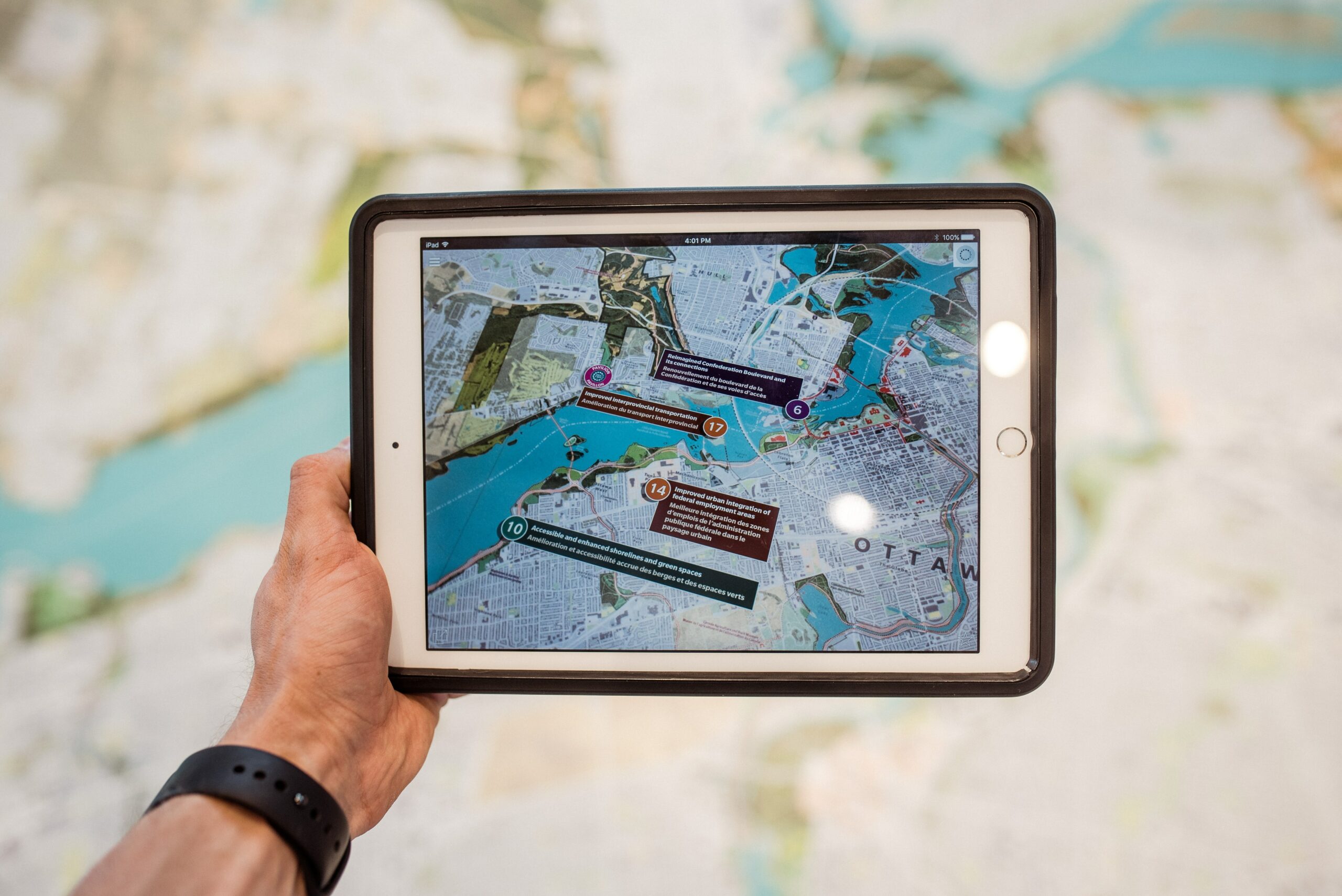By Emily Newton
Winter is one of the most dangerous times of the year for a commercial fleet. While there are typically fewer people on the roads, drivers face far more natural hazards such as snow, ice, or fallen trees.
According to the NHTSA, wintry conditions played a role in roughly 119,000 police-reported traffic accidents in 2020. Even if your fleet isn’t involved in any situations like this, accidents from others can create obstructions and traffic jams that limit their mobility. You should capitalize on traffic technology to keep your drivers safe and maintain productivity through the winter.
TODAY’S TRAFFIC TECHNOLOGY
Understanding how to use technology to navigate winter road conditions starts with knowing what’s out there. With that in mind, below are three of the most impactful of today’s traffic technologies for winter weather.
Forecasting Apps
The most common of these technologies is weather forecasting apps. You and your drivers may use these services daily in your personal lives, but they also play a crucial role in fleet operations.
Road conditions will shift throughout the day in different areas as the weather changes. Consequently, safely navigating in the winter means gaining real-time insight into snow, ice, and similar weather-related hazards. Forecasting apps are a simple but excellent place to gain those insights, as they’re easily accessible from your phone and provide real-time updates.
Fleets in particularly cold areas or with more routes may opt for more advanced options. Several transportation technology companies and transit authorities offer driver-focused weather update systems. These typically provide more insight into road conditions rather than general weather information.
Telematics
Another important piece of technology for winter fleet management is telematics. It’s a broad category that collects data from vehicles and transmits it wirelessly. GPS systems are the most familiar and important telematics components, according to Revolutionized, but they’re far from the only technology under this umbrella.
Some telematics solutions also include maintenance trackers that alert you when a vehicle is due for repair. Others track factors like acceleration, braking, and engine idle time to highlight drivers’ behavior. Not all dashcams have telematics features, but some systems include connected in-vehicle cameras.
Telematics solutions are helpful year-round but are particularly important when dealing with winter hazards. Instant access to vehicle locations, conditions, and more can enable faster, more effective responses to issues like traffic and cold-related maintenance concerns.
AI Route Planning
A less common but still important technology for winter navigation is artificial intelligence (AI). AI has many applications for fleets, but route planning is one of the most helpful. These solutions, made famous by UPS and its proprietary ORION system, use intelligent algorithms to analyze changing traffic factors in real time to find optimal routes.
Planning an ideal route is often more challenging than it seems. The shortest distance may not provide the quickest path, especially when factoring in winter hazards like snow, road closures, and heavy traffic. AI route optimization considers all these factors to ensure you find the safest and most efficient route.
Non-AI routing systems can provide helpful insight but don’t always consider as many factors and may be slower to adjust. Some machine learning algorithms can solve these problems up to 100 times faster, according to MIT News, ensuring you have the most up-to-date information at all times.
USING TECH TO NAVIGATE WINTER CONDITIONS
Traffic technology today is impressive, but how much value you derive from it depends on how you use it. Follow these steps to make the most of this tech to navigate safely and efficiently in the winter. 
Find a Solution that Fits the Need
Finding the right solution is the first step in making the most of traffic technology. The best devices and software for one fleet may not be the best for another, depending on your specific use case.
Start by determining what you want to gain from the technology, which often stems from where you fall short today. Real-time updates about road closures may be most important if you drive in an area with frequent winter traffic issues. Alternatively, if navigating changing traffic patterns is your biggest issue in the winter, you should focus on route planning software.
It’s also important to consider future connectivity standards. 5G networks aren’t available everywhere today, but they’re growing. Many providers are phasing out 3G support, making older, 3G-driven solutions impractical long term.
Proactively Plan Routes
Technologies like AI route planning can adjust in real-time, but it’s best to plan all your routes. Plan effectively amid hazardous winter weather by using traffic tech to understand how conditions may shape out. These may change on the day and time of your drive, but planning for the most likely eventualities gives you a better starting point.
The most straightforward part is using forecasting apps to reveal snow, ice, rain, and similar weather patterns. Use radar features to see where these conditions will be most severe at different times to plan your routes accordingly. Some AI route planning solutions will let you integrate data to help find the best paths.
Monitor Vehicle Maintenance
Vehicle maintenance is another leading concern for fleets in the winter, so it’s another excellent use case for traffic tech. Issues with batteries, tires, fluids, and electronics are common at this time of year and can cause significant delays if you don’t address them soon enough. Telematics systems can give you the insight you need to improve your fleet’s maintenance schedules.
Predictive maintenance systems use IoT devices like telematics solutions to monitor your vehicles’ performance and alert you when issues arise. The Department of Energy finds this approach to maintenance can result in savings of up to 40% by preventing larger, more expensive problems.
Watch Driver Behavior
Similarly, monitoring how drivers behave can help navigate winter challenges. Some telematics solutions include driving behavior monitoring features, with some even using in-cab cameras to catch things like texting while driving or not using a seat belt. Implementing these systems lays the groundwork for avoiding dangerous behavior that could cause accidents in the winter.
It’s important to monitor driver behavior year-round and address issues whenever they come up. Remember to reward safe driving as well as create consequences for repeated unsafe behaviors to encourage compliance with company policies.
Adapt to Real-time Updates
Another important part of using this technology to your advantage is preparing for flexibility. Many of these tools’ biggest advantage is their real-time updates, but this insight is only valuable if you can act on it. Consequently, you should expect disruptions and create backup plans to react when situations change.
Use fleet management software to consolidate the real-time data from all your different technology solutions to create a single point of view. From there, when an unforeseen situation arises, you can see what alternative routes and resources are available.
NEW TECH MAKES WINTER DRIVING SAFER
Technology like AI route planning, forecasting apps, and telematics provide the information and control you need to stay safe in winter. When you know what’s available and how to use it effectively, you can maintain productivity and keep your drivers safe, regardless of what hazards are on the roads.
About the Author
Emily Newton is an industrial writer with over five years’ experience writing industrial topics for the construction, manufacturing, and supply chain industries.




